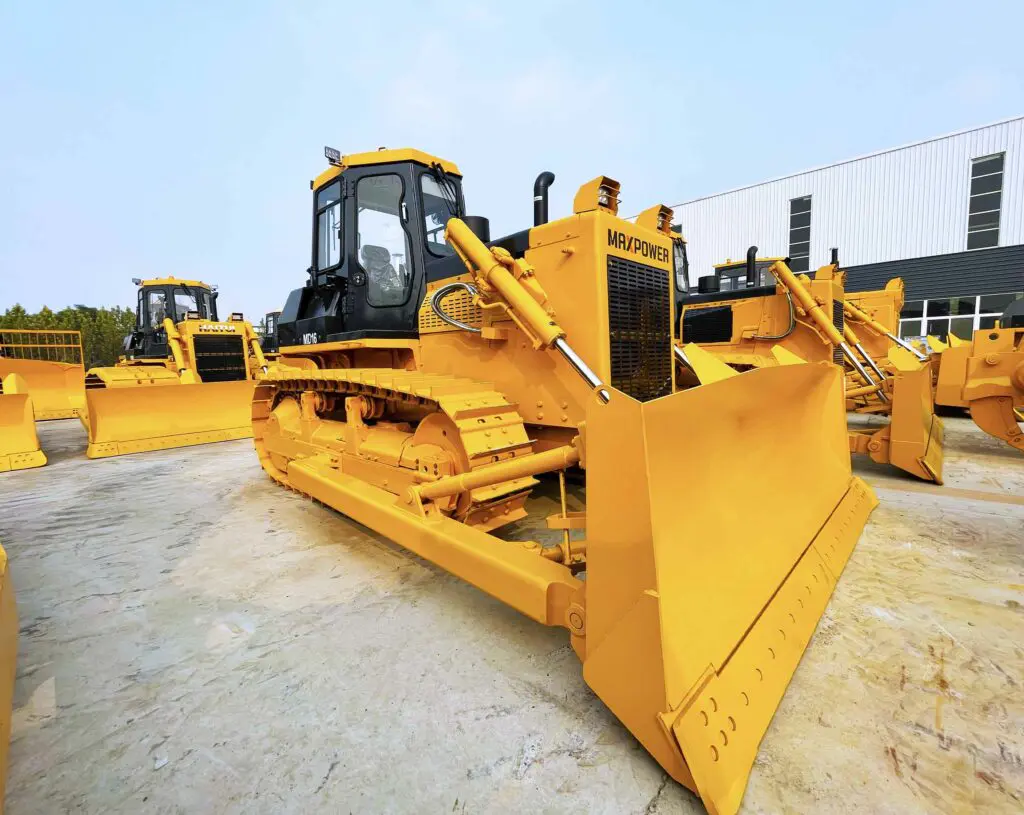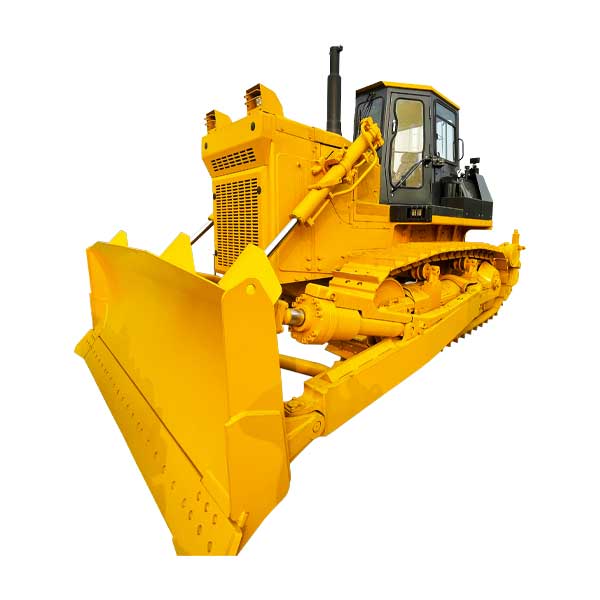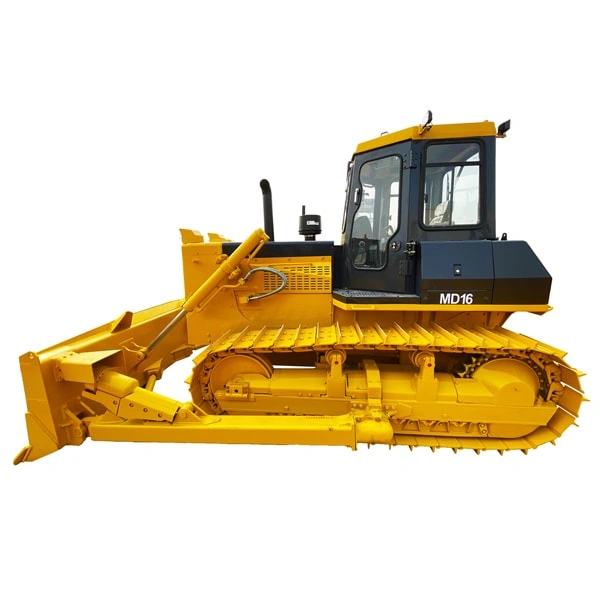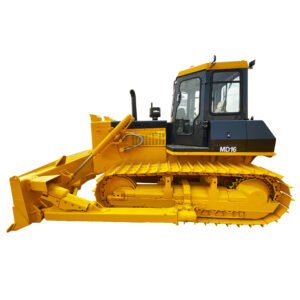Introduction
Welcome to our comprehensive guide on Case dozer sizes! In the realm of construction and earthmoving, dozers reign supreme as indispensable tools, capable of tackling a wide range of tasks, from clearing land and excavating trenches to pushing materials and grading surfaces. Among the esteemed brands of dozers, Case stands out for its legacy of innovation and reliability. With a diverse lineup of dozer sizes, Case empowers operators to select the ideal machine for their specific needs and jobsite requirements.
Understanding the Significance of Dozer Size

Selecting the right case dozer sizes is crucial for optimizing performance, maximizing productivity, and ensuring safety on the jobsite. Dozer size is primarily determined by its blade size, which is measured in width and height. The blade size directly influences the dozer’s capacity to move material, its ability to maneuver in tight spaces, and its overall power and efficiency.
Factors to Consider When Selecting a Case Dozer Sizes
When evaluating dozer sizes, consider the following factors to ensure a perfect match for your needs:
1. Jobsite Requirements: Assess the type of work the dozer will primarily perform. For large-scale land clearing and earthmoving projects, a larger dozer with a wider blade is suitable. For smaller tasks, such as landscaping and grading, a smaller dozer with a narrower blade may be more efficient.
2. Material Characteristics: Consider the type of material the dozer will handle. For cohesive soils and hard-packed surfaces, a larger, more powerful dozer may be necessary. For loose sand or gravel, a smaller dozer may be sufficient.
3. Jobsite Conditions: Evaluate the terrain and working conditions at the jobsite. For rough terrain and steep slopes, a smaller, more maneuverable dozer may be preferred. For flat, open areas, a larger dozer can maximize productivity.
4. Operator Experience: Consider the operator’s skill level and experience. For novice operators, a smaller dozer may be easier to handle and control. For experienced operators, a larger dozer may offer greater power and efficiency.
Table: Common Dozer Sizes and Their Applications
| Dozer Size (Blade Width) | Applications |
|---|---|
| Small (under 6 feet) | Landscaping, grading, finishing work |
| Medium (6-8 feet) | General construction, site preparation, material handling |
| Large (over 8 feet) | Large-scale earthmoving, land clearing, mining |
Exploring case dozer sizes Lineup

Case offers a comprehensive range of dozer sizes, catering to diverse needs and applications. Here’s a glimpse into their lineup:
Case 1150M Dozer: With a 6′ 9″ blade, the 1150M is a versatile choice for general construction and site preparation tasks.The powerful engine and advanced hydraulic system make the 1150M highly efficient and productive on any job site. Its durable construction and reliable performance ensure maximum uptime and minimal maintenance costs.
Case 1550M Dozer: Equipped with a 7′ 10″ blade, the 1550M delivers enhanced power and productivity for larger projects.The heavy-duty design of the 1550M ensures durability and reliability, making it the perfect choice for tackling tough jobs with ease. Its advanced features and precision engineering make it a top performer in its class, providing unmatched efficiency and performance on the job site. With the 1550M by your side, you can take on any project with confidence and precision.
Case 2050M Dozer: Featuring an 8′ 10″ blade, the 2050M tackles demanding earthmoving and land clearing applications.The powerful machine effortlessly cuts through tough terrain, making quick work of any project. Its durable construction and reliable performance ensure efficiency and productivity on the job site. With the 2050M, you can tackle even the most challenging tasks with ease.
Case 3050M Dozer: With a 9′ 10″ blade, the 3050M reigns supreme in large-scale earthmoving and mining operations.Featuring a robust chassis and powerful engine, the 3050M is designed to tackle the toughest terrains with ease. Its advanced hydraulic system ensures precise control and efficiency, making it the go-to choice for demanding projects. Whether you’re excavating rocky terrain or moving massive amounts of earth, the 3050M delivers unmatched performance and reliability.
Conclusion
Selecting the right Case dozer sizes is an investment in efficiency, productivity, and safety. By carefully considering jobsite requirements, material characteristics, working conditions, and operator experience, you can choose the ideal dozer to match your specific needs and maximize your construction success. Remember, the right dozer size can make all the difference in achieving your project goals.
FAQs
Q: What is the difference between a crawler dozer and a wheel dozer?
A: Crawler dozers, with their continuous tracks, excel in traction and stability on rough terrain and slopes. Wheel dozers, with their pneumatic tires, offer faster transport speeds and better maneuverability on smooth surfaces.
Q: How do I maintain my Case dozer for optimal performance?
A: Regular maintenance, including oil changes, filter replacements, and inspections, is crucial for extending the lifespan and ensuring the smooth operation of your Case dozer. Refer to your owner’s manual for specific maintenance guidelines.
Q: What safety precautions should I take when operating a Case dozer?
A: Always wear appropriate safety gear, including a hard hat, safety glasses, and hearing protection. Familiarize yourself with the dozer’s controls and operating procedures. Conduct pre-operation checks and inspect the jobsite for hazards. Maintain a safe distance from other workers and equipment.
Q: How do I determine the horsepower and operating weight requirements for my project when selecting a Case dozer sizes?
A: Evaluating the horsepower and operating weight requirements involves considering the type of material to be moved, the terrain conditions, and the desired speed and efficiency of the project. Consulting with equipment experts or Case representatives can help assess these requirements accurately.
Q: Can Case dozer sizes be customized or modified for specific project needs?
A: While Case offers a range of standard dozer sizes, customization options may be available to meet specific project requirements. This may include modifications to blade width, track configurations, or the addition of specialized attachments and accessories. Consulting with equipment dealers or manufacturers can provide insight into customization options.







-150x150.webp)
